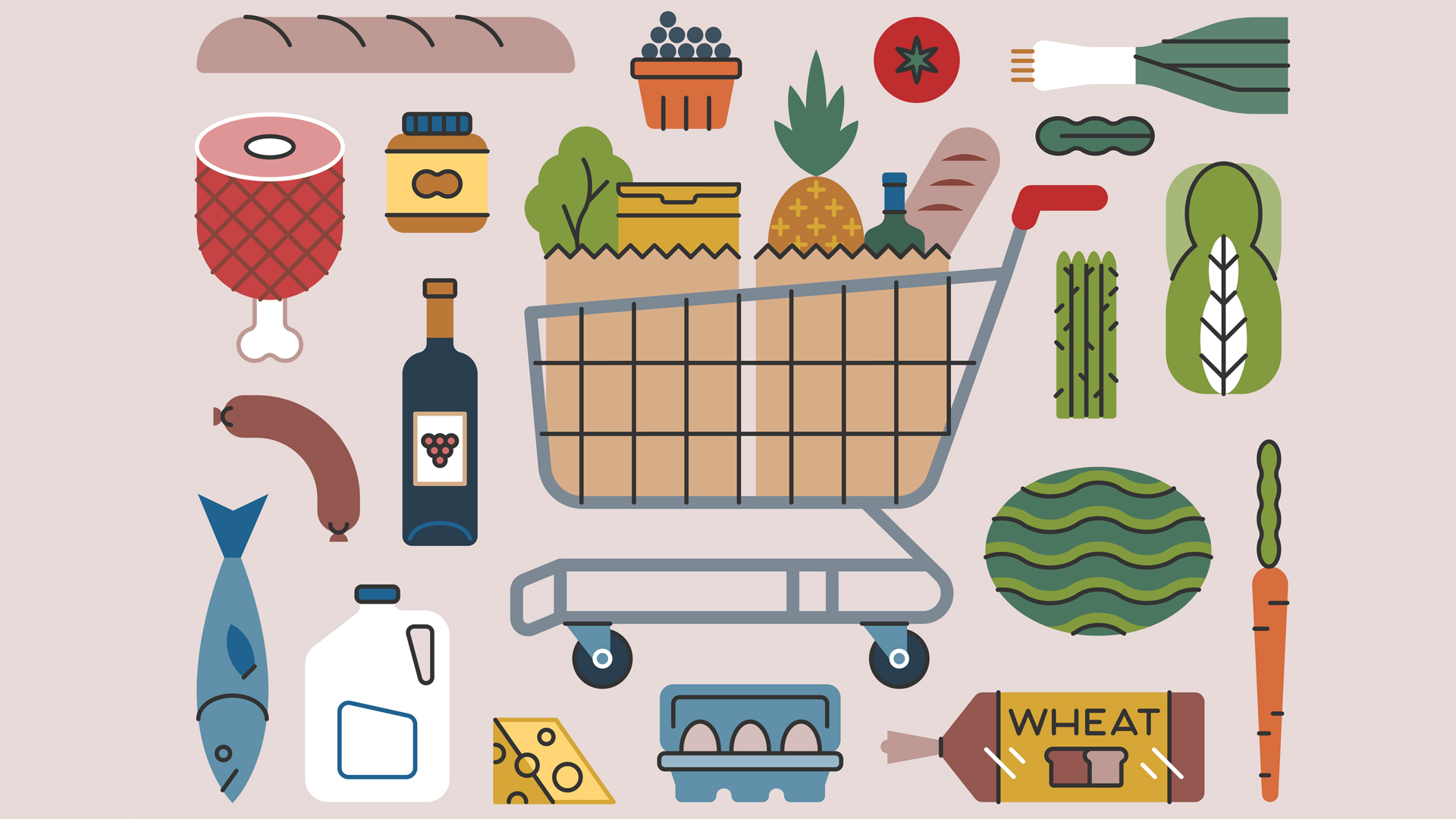
Nearly one in four people in Canada — 8.3 million residents — are immigrants. Yet, the classifications that greet them upon arrival are far from equal.
Despite making up about half of Canada’s international migrants, women are much more likely (about 21 per cent more likely) than men to enter Canada categorized as spouses or dependents. As of early 2025, an estimated 3.1 million people additionally hold non-permanent status — including international students and temporary foreign workers — for whom similar disaggregated data remains elusive, and significantly so.
This trend of gendered discrepancy is problematic, especially if it remains unchecked, as it reinforces economic dependence and limits opportunities for national integration and mobility.
IRCC expanded work-permit measures — then walked them back
In December 2022, Immigration, Refugees, and Citizenship Canada (IRCC) introduced a temporary two-year expansion of open work permit (OWP) eligibility to include spouses and dependents of many international students and foreign workers. Previously, only such parties in specific high-skill occupations were eligible.
OWPs allow foreign nationals to work for any employer, with certain exceptions, whereas the alternative — closed work permits — only allow recipients to work for a specific employer. According to the government’s news release, the changes sought to address Canadian labour shortages while aiming “to improve the emotional well-being, physical health and financial stability of workers by keeping families together.”
Yet, as part of a broader announcement in September 2024 to address rising concerns around population growth, housing supply, and affordability, IRCC gave notice that OWP eligibility is again limited to only spouses and/or dependents of certain masters and doctoral students, as well as foreign workers in certain employment training, education, experience and responsibilities (TEER) categories. With these changes, children of foreign workers are no longer eligible at all.
Restrictions hit women hardest
This policy rollback disproportionally harms women, who are more likely to arrive as dependents and who already face greater challenges finding work, with or without OWPs. Researchers have found that married Canadian immigrant women have a harder time integrating into the workforce than immigrant men, leading to higher unemployment levels and lower incomes. This lack of access to work permits forces many women into economic dependency, directly reducing their ability to support their families, gain permanent residency, and build lives of their own.
Immigration lawyers warn that many spouses must now enter Canada on visitor visas in order to keep their families together. Given the abrupt nature and low visibility of the IRCC announcement, aspiring migrants on visitor visas or with plans to use the open pathway might not be aware that it was changed.
Trade war heightens risks for immigrant factory workers
Immigrant entrepreneurs need targeted support
Women’s economic empowerment is crucial to Canada’s strategies against gender-based violence
As migrants with visitor records have been turned away at the border due to interpretation and application issues, spouses or dependents attempting to enter the country without a work permit may face increased chances of separation from their family. What is more, migrants currently in Canada may not be aware that they need to eventually apply for a different visa to remain documented, which means that this lack of communication risks migrants losing their legal status.
Without status enabling them to legally work — which is not afforded by a visitor visa — spouses cannot contribute financially to their household. Indeed, in cases where it is the primary income earner who loses the right to work, families are left facing even greater risks of financial strain, which affects housing affordability and basic living costs.
Being unable to legally participate in the workforce also means that many women and children will be unable to access important benefits such as provincial health care and other social services, and may be forced into irregular work that leaves them even more vulnerable to exploitation. This is already a concern for many dependents; even if they are able to sustain their visa status through a partner’s sponsorship, they are not allowed to access social assistance.
Immigration dependence leaves women vulnerable to harm
Beyond economics, the immigration system’s structural design flaws create other serious power imbalances. When women are listed as dependents, they rely on their spouse — the principal applicant — for documentation, updates, and decision-making. This can lead to misinformation, exclusion from official correspondence, and limited awareness of updates to their own legal status.
Dependent spouses in abusive relationships are also vulnerable to having their declared status used against them, and may fear that reporting any harm could have repercussions on their immigration process. With limited options and no independent status, escape from abuse becomes nearly impossible. Moreover, for migrants living in lower socioeconomic conditions, the risk of conjugal conflict only increases when tensions arise from stress, frustration, and fatigue.
Other specific exchanges, such as sending money back to their home country, can also contribute to this conflict, and thus to women’s vulnerability. Restricting women’s access to work and self-sufficiency only exacerbates these risks.
Gender-based policy reforms are urgently needed
In terms of specific steps toward constructive reform, the federal government could start by ensuring that Canada’s commitment to gender equality extends to its immigration policies. It is essential that gender-based analysis plus be applied to migration pathways, and that the immigration system be updated to account for the different ways that women can be disenfranchised through the process of migration as opposed to their male counterparts.
As well, IRCC should ensure that immigration information is communicated clearly in multiple languages and across accessible platforms. Legal aid and outreach programs are critical to helping spouses and dependents understand their rights and to prepare for policy changes.
In the case of rights being further restricted, having effective information campaigns is paramount to ensuring that spouses are aware of all changes and have time to adequately prepare other strategies for remaining in Canada. Proactive notification, especially for those at risk of losing their status, is vital to ensure that migrants can find safe alternate solutions.
More ambitiously, the government should create a mechanism that grants OWPs to dependents who are recognized as being financially or personally vulnerable. While this approach will face challenges such as language barriers and bureaucratic hurdles, it is nevertheless necessary to protect those most at risk and to ensure that Canada’s immigration policies do not inadvertently perpetuate structural gender inequalities.
Ultimately, Canada should reinstate OWP eligibility for all spouses of international students and foreign workers. This would allow more migrants to contribute meaningfully to Canada’s economy and to society while also helping future citizens build their personal capacity.
These initiatives would help significantly with the positive re-assessment and updating of the federal immigration program, and add consistency in supporting Canada’s values of gender equality.









